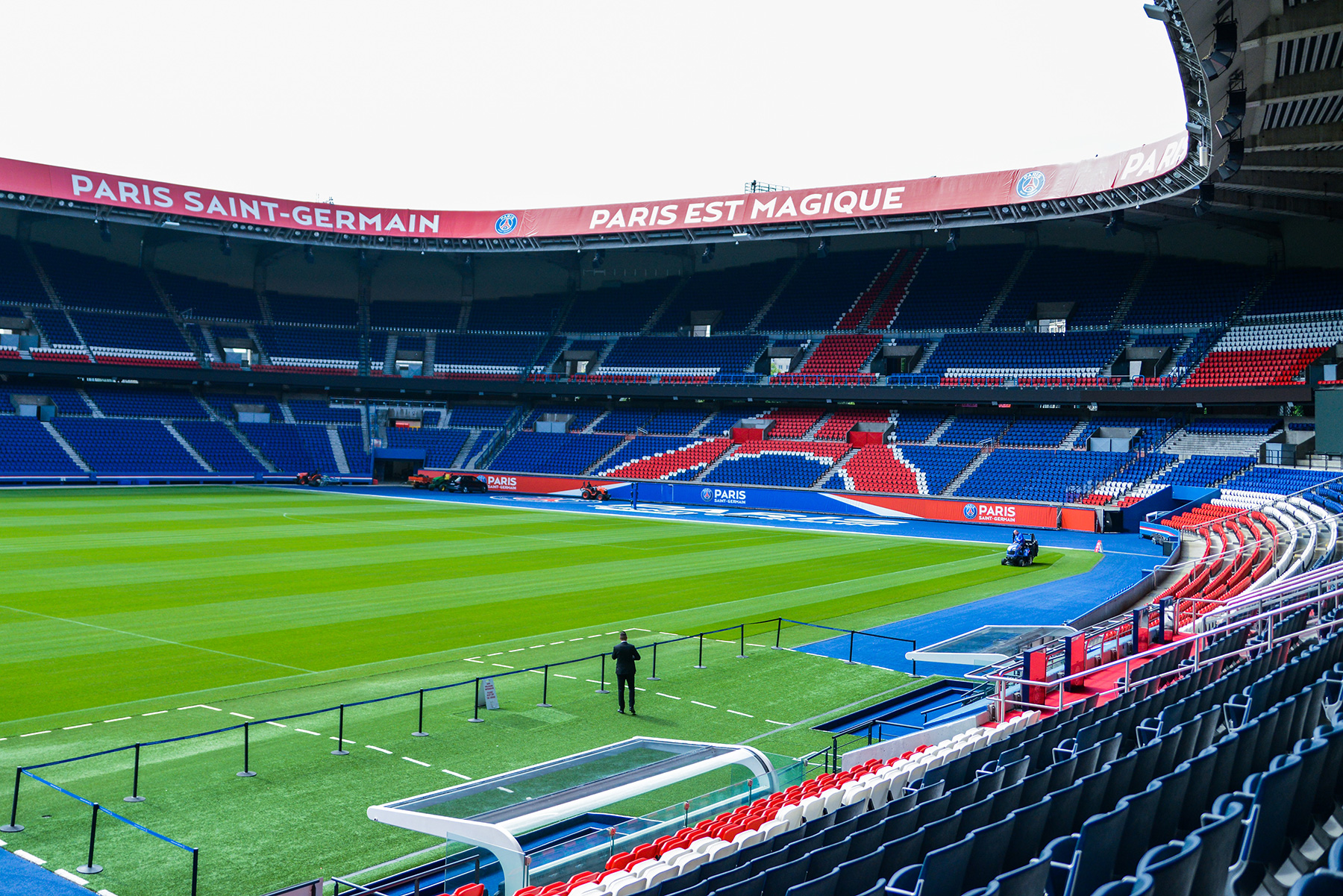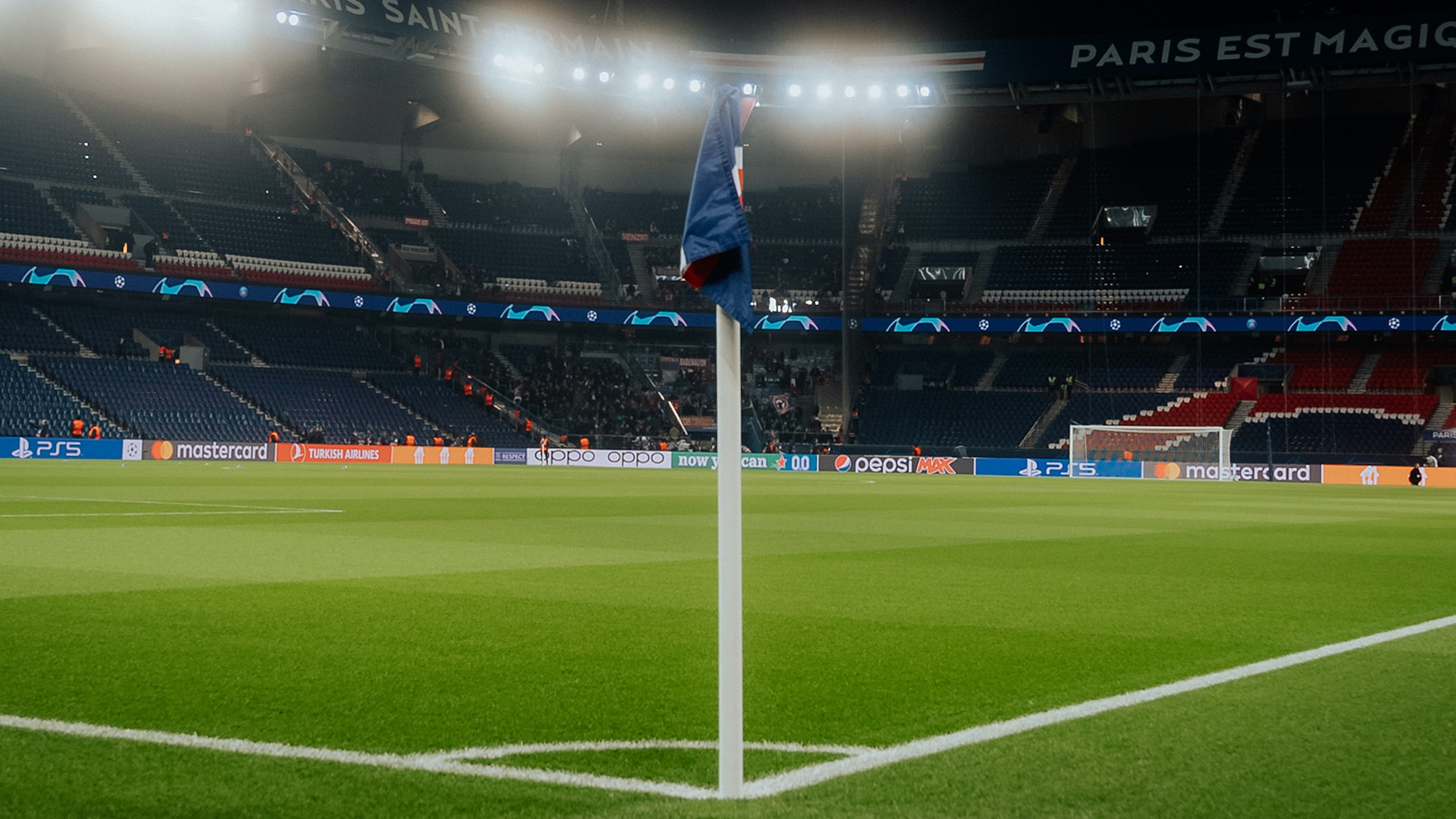Paris Saint-Germain (PSG) stands as an emblem of modern football excellence. Their tactics, honed under various accomplished managers, have redefined the European football landscape. English Championship sides, revered for their rich history and competitive nature, are no strangers to evolution. There’s a growing trend where they’re keenly observing and integrating elements from top-tier teams like PSG into their own strategic playbooks. This article delves into this fascinating blend of tactical adoption.
The Championship: More Than Just a Game
Football, especially in the Championship, is not just about the 90 minutes on the pitch; it’s an ecosystem. Fans often analyze match strategies, player performances, and, of course, the odds to win the championship, which doesn’t just refer to predicting the league winner, who is currently Leicester at EVS. Betting markets encompass a wide range, from match results, double chance, and both teams to score (BTTS) to promotion and relegation candidates, with Rotherham appearing to be the most likely to get relegated at 5/4.
By understanding the game better, fans feel more connected. With Championship sides borrowing tactics from giants like PSG, there’s an added layer to consider for those who engage in such analytical pursuits.
Borrowed Tactics and their Implementers

Adaptable Forward Lines
PSG’s forwards are known for their fluidity and regularly interchanging positions. Bristol City, with their adaptable forward line, has illustrated a similar fluidity, making it challenging for defenders to pin down their attacking threats.
PSG’s high-press strategy is designed to force errors and reclaim possession swiftly. Brentford, during their time in the Championship, mirrored this approach. Their effective high press allowed them to dominate possession and apply constant pressure, much like the Parisian club.
Midfield Control & Quick Transitions
West Bromwich Albion’s midfield structure often reminds spectators of PSG’s. Both teams deploy a midfield trio to dictate the tempo, distribute passes, and provide a defensive shield, ensuring the game flows through them.
Quick transitions from defense to attack, especially using pacey wingers, are a hallmark of PSG’s play. Stoke City displayed glimpses of this approach, making rapid shifts to catch opponents off-guard, a strategy PSG often employs to devastating effect.
One of PSG’s tactical triumphs is the ability to shift between formations fluidly. Norwich City, during their Championship campaigns, showcased similar flexibility. Whether transitioning from a 4-3-3 to a 4-2-3-1 or vice versa, Norwich demonstrated that dynamic formation changes could keep opponents guessing.
Defensive Capabilities

Just as PSG leveraged the offensive prowess of their fullbacks, Nottingham Forest, during their years in the championship, often pushed their fullbacks higher up the pitch. This mimics PSG’s style, adding width and creating opportunities to deliver dangerous crosses into the box.
Ball-playing center-backs have become a staple in modern football, and PSG are at the forefront. Reading, with their defensive setup, has shown a preference for such center-backs – players who can defend robustly and initiate attacks with their distribution.
Swansea City stands out when discussing teams adopting PSG’s build-from-the-back methodology. Much like PSG, they prioritized maintaining possession, drawing out opponents, and intricately crafting attacking moves, starting from their defenders.
In summary, football is an ever-evolving sport. As teams look to gain an edge, borrowing and adapting successful tactics from others becomes par for the course. Championship sides have shown that they are not only observers but keen learners, as evident from their tactical borrowings from PSG. This exchange enriches the sport, making matches more unpredictable, strategic, and delightful for aficionados.



